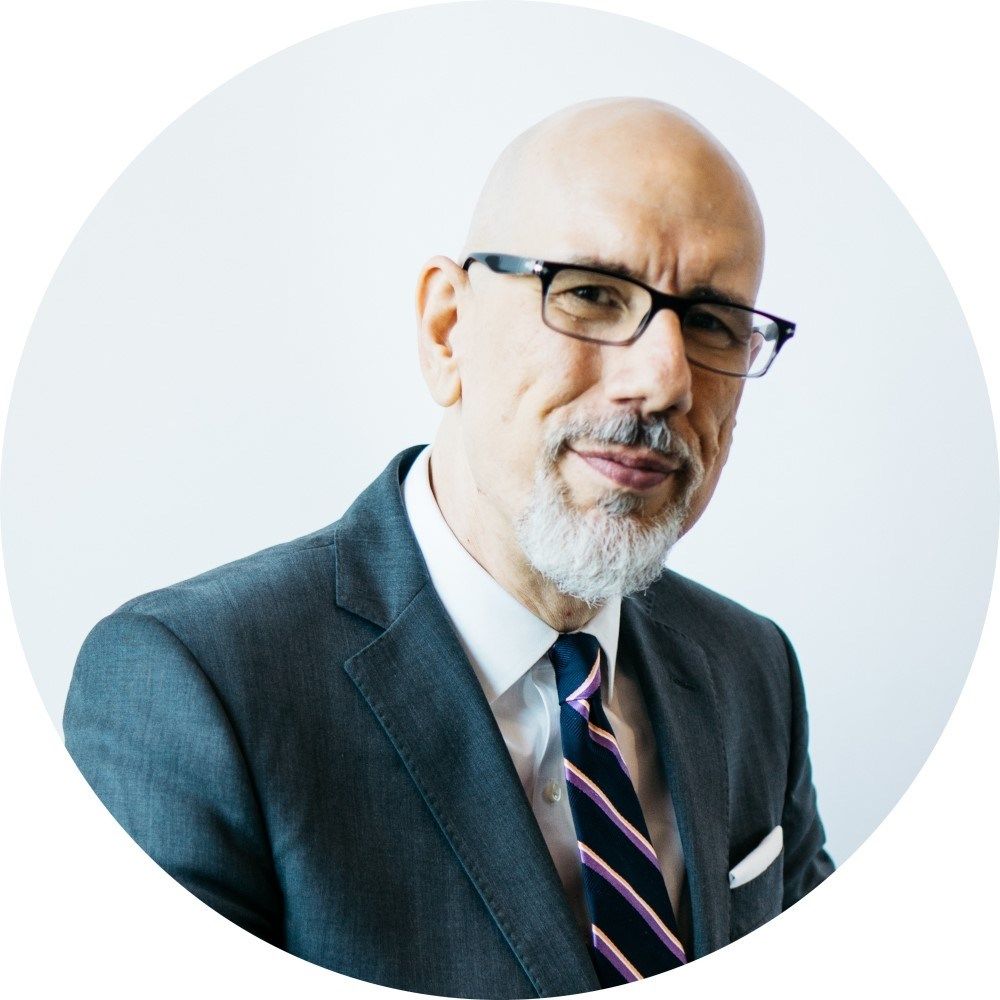1,845 reads
10,000 BTC for 2 Pizzas Wasn't The Entire Story...
by
November 14th, 2021
Audio Presented by

Crypto enthusiast and freelance writer. I set out on my starship to explore the cryptoverse.
About Author
Crypto enthusiast and freelance writer. I set out on my starship to explore the cryptoverse.